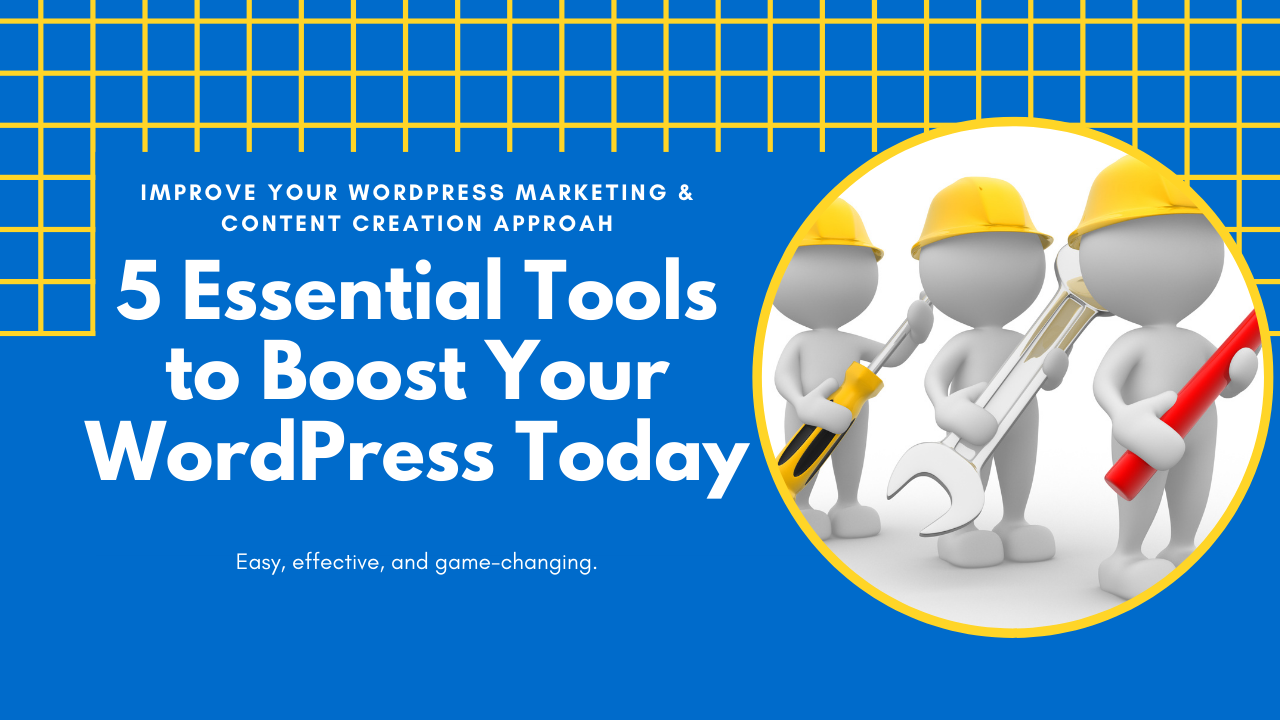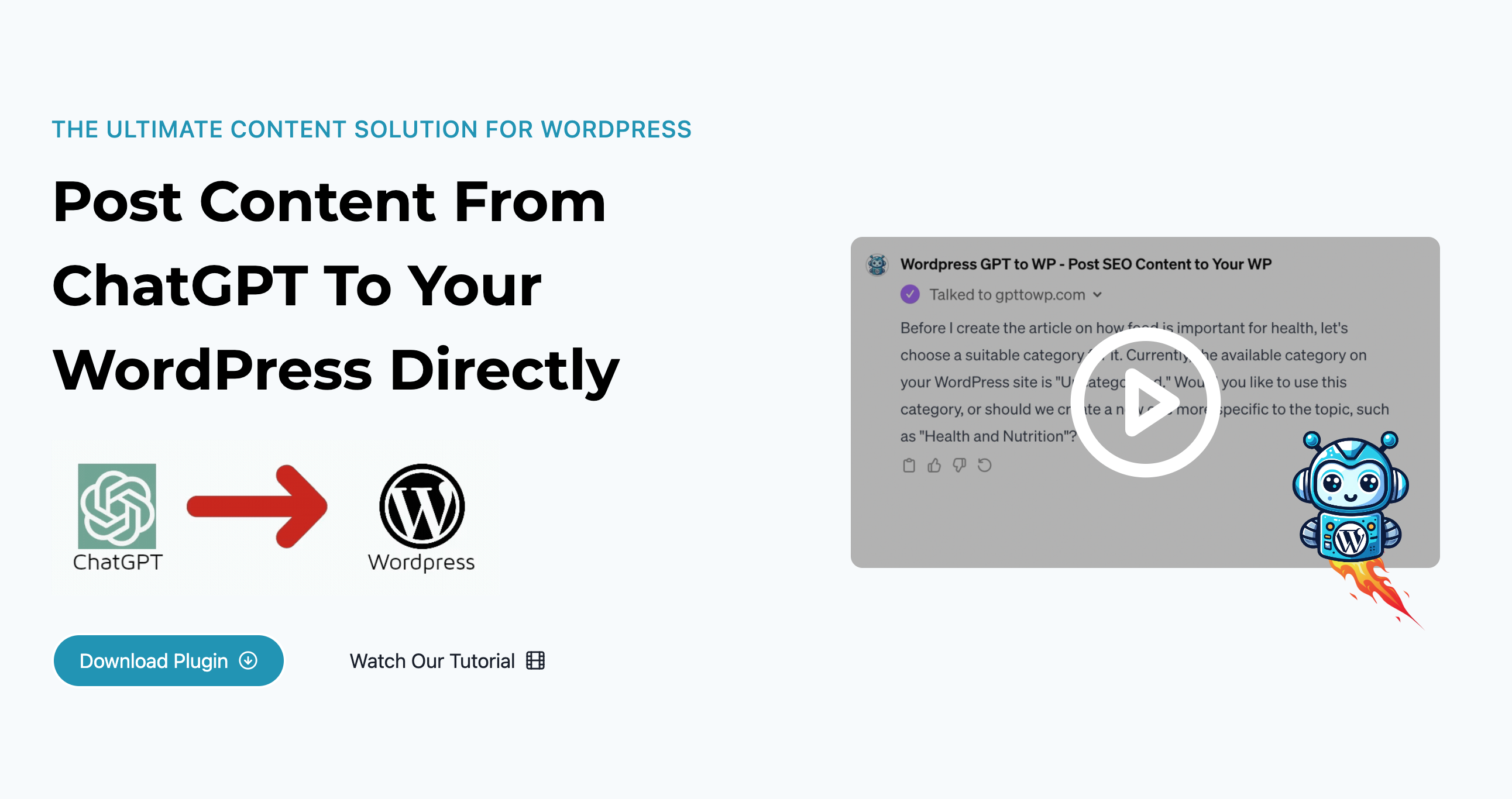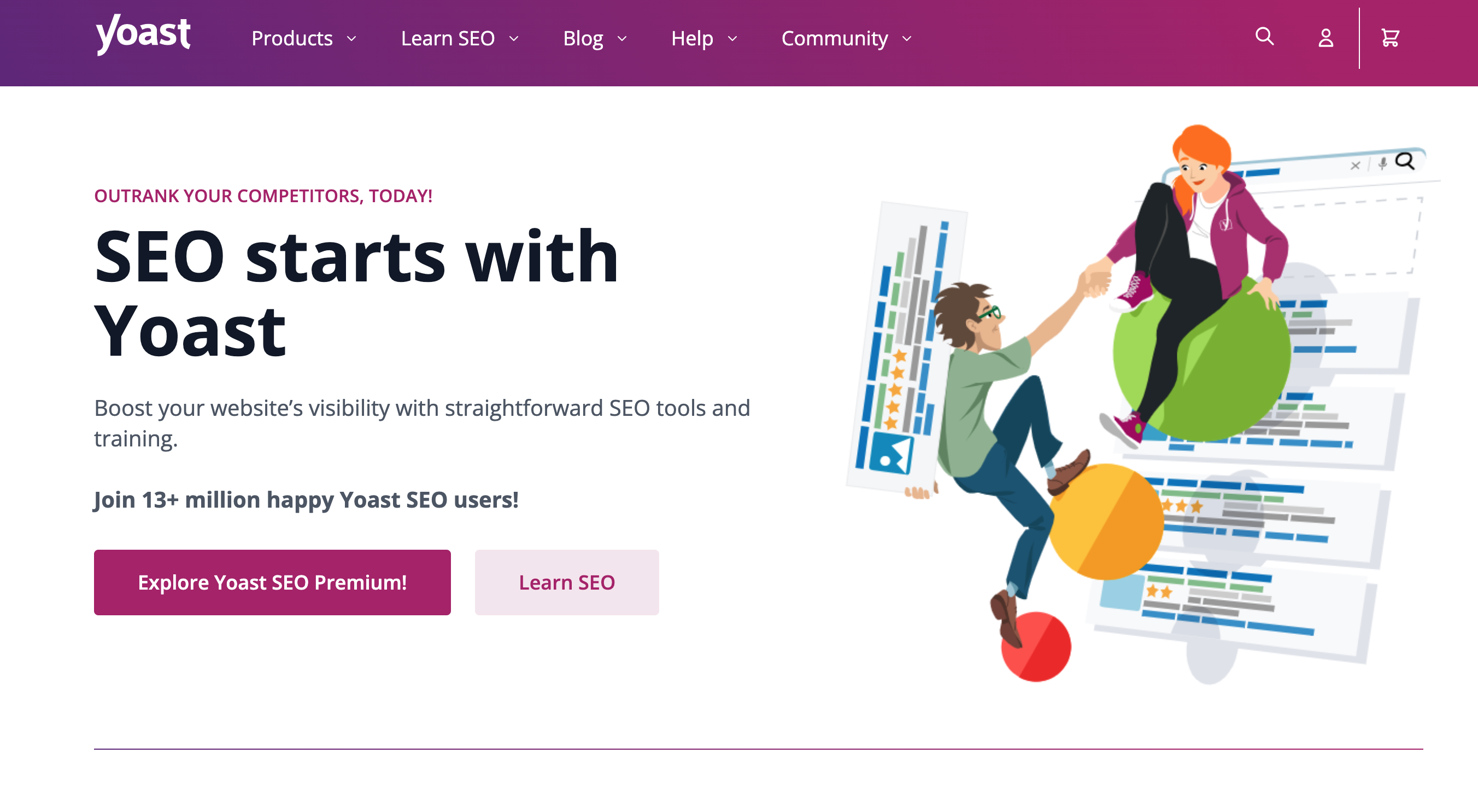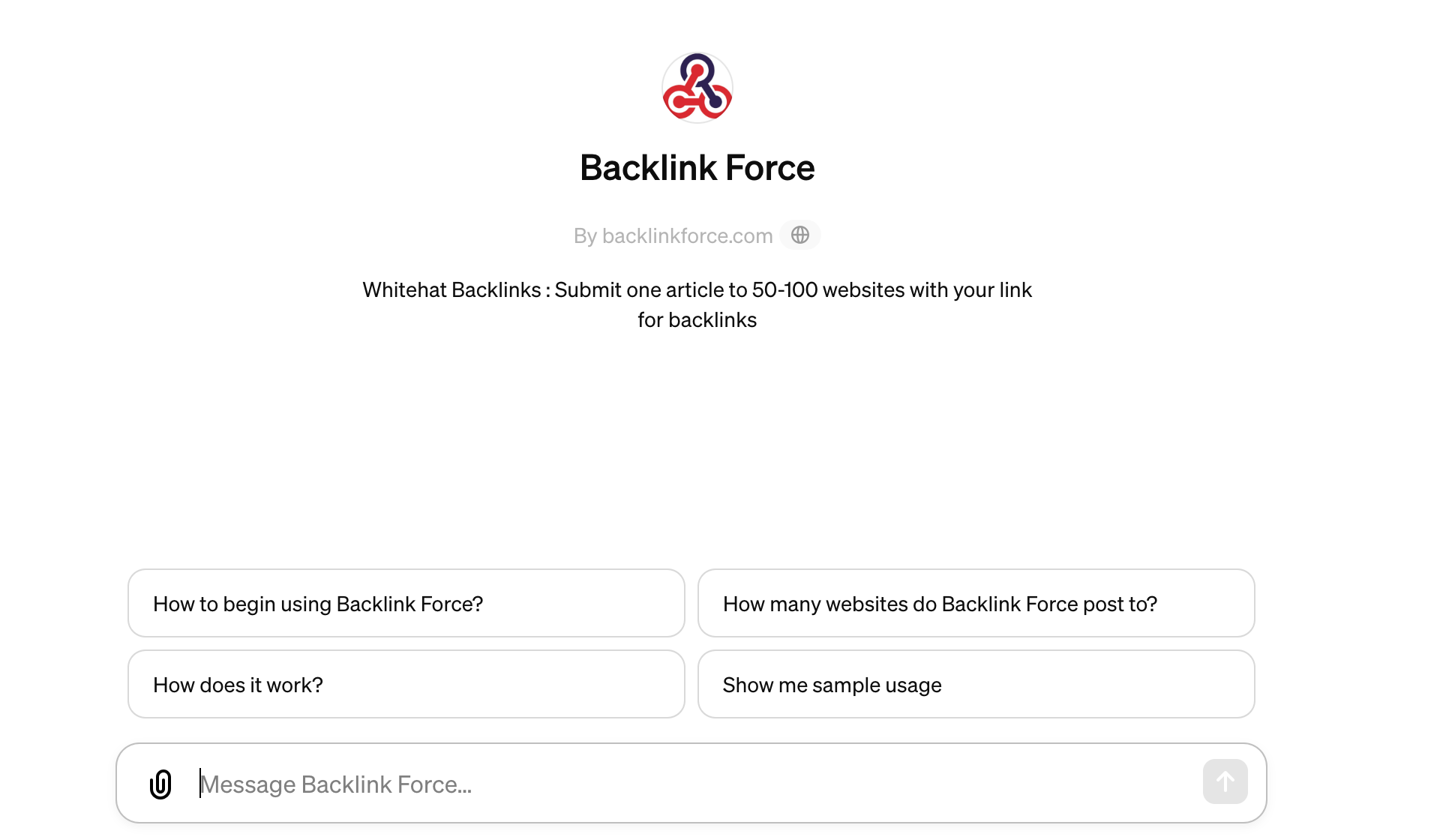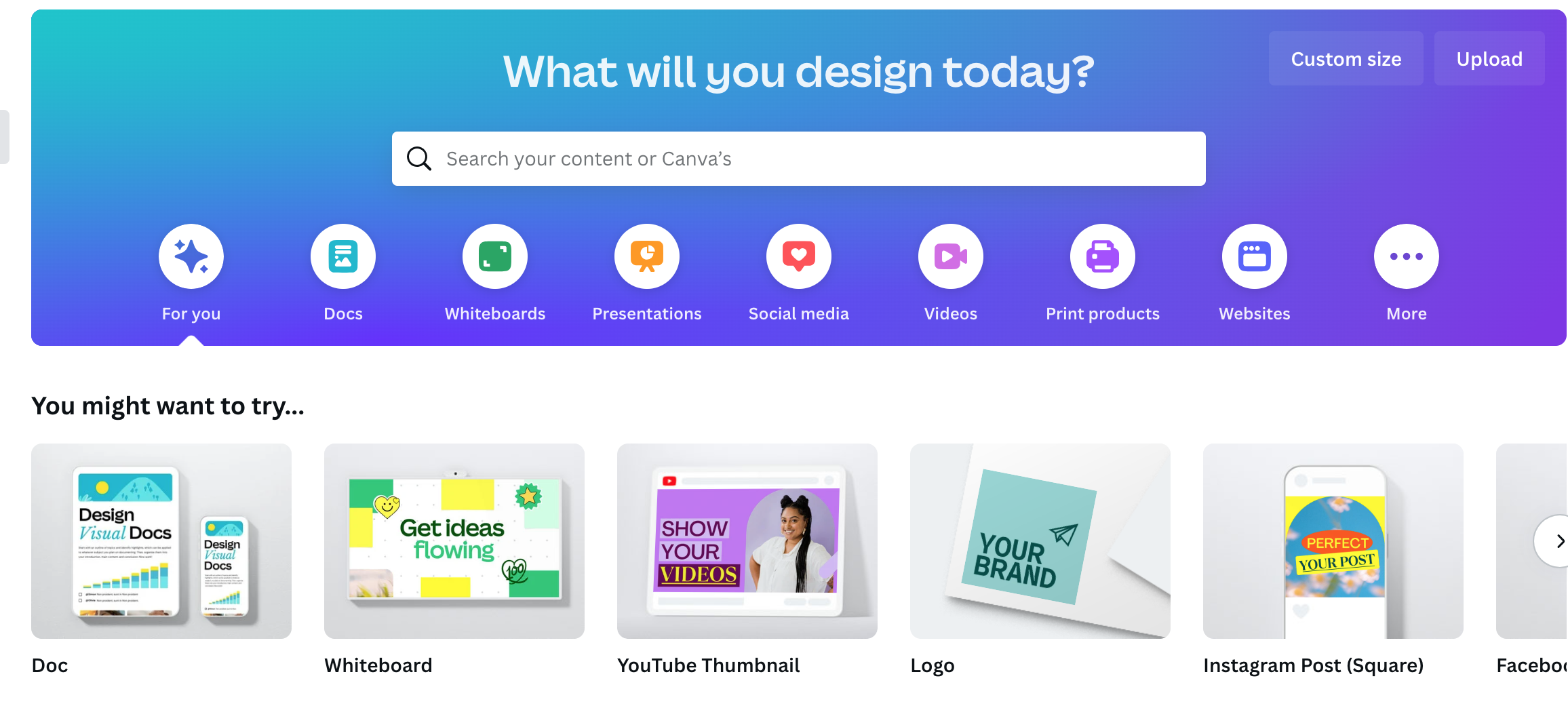The world of digital marketing is constantly evolving, with new strategies and tools emerging all the time. Among the most important and effective of these strategies are search engine optimization (SEO), content marketing, social media marketing, mobile marketing, email marketing, and pay-per-click (PPC) advertising. Combining these techniques can help businesses of all sizes to reach a wider audience, increase their online presence, and ultimately drive more conversions and revenue.
SEO is the process of optimizing a website’s content and structure to improve its visibility and ranking in search engine results pages (SERPs). It involves a variety of tactics, including keyword research, on-page optimization, link building, and content creation. By optimizing their website for search engines, businesses can attract more organic traffic and improve their chances of converting those visitors into customers.
Content marketing, on the other hand, is the process of creating and sharing valuable, relevant, and consistent content to attract and retain a clearly defined audience. This content can take many forms, including blog posts, videos, infographics, and social media updates. By creating high-quality content that resonates with their target audience, businesses can build trust and authority, establish themselves as thought leaders in their industry, and ultimately drive more traffic and conversions.
Social media marketing is the use of social media platforms like Facebook, Twitter, and Instagram to promote a business’s products or services. This can involve a variety of tactics, including creating and sharing engaging content, running social media ads, and interacting with followers. By leveraging the power of social media, businesses can reach a wider audience, build brand awareness, and engage with customers and prospects in a more personal and authentic way.
Mobile marketing is the use of mobile devices like smartphones and tablets to promote a business’s products or services. This can involve a variety of tactics, including mobile-optimized websites, mobile apps, and SMS marketing. By targeting mobile users, businesses can tap into the growing trend of mobile internet usage and reach customers wherever they are, whenever they want.
Email marketing is the use of email to promote a business’s products or services. This can involve a variety of tactics, including newsletters, promotional emails, and automated drip campaigns. By building an email list and sending targeted, relevant emails to subscribers, businesses can nurture leads, build relationships, and ultimately drive more sales.
Finally, PPC advertising is the use of paid search ads to promote a business’s products or services. This can involve a variety of platforms, including Google Ads, Bing Ads, and social media advertising. By targeting specific keywords and demographics, businesses can reach a highly targeted audience and drive more conversions.
Combining these techniques can create a powerful digital marketing strategy that leverages the strengths of each tactic. For example, a business could use SEO to optimize their website for search engines, content marketing to create valuable and engaging content, social media marketing to promote that content and engage with their audience, mobile marketing to reach customers on-the-go, email marketing to nurture leads and build relationships, and PPC advertising to drive targeted traffic to their website.
By combining these techniques, businesses can create a comprehensive digital marketing strategy that reaches a wider audience, builds brand awareness, and ultimately drives more conversions and revenue. Whether you’re a small business just starting out or a large enterprise looking to grow your online presence, these techniques can help you achieve your marketing goals and take your business to the next level.
Below are the categorisation for you to understand about the topic better.
1. Search engine optimization (SEO)
Search engine optimization (SEO) is the practice of increasing the visibility and ranking of a website or webpage in the search engine results pages (SERPs). The ultimate goal is to drive traffic to the website and increase the chances of conversions. SEO involves various techniques such as keyword research, on-page optimization, link building, and content creation, among others. The optimization of a website/webpage for search engines is an ongoing process that requires constant tweaking and monitoring to keep up with the changing search engine algorithms.
2. Content marketing
Content marketing is a strategic approach to creating and distributing valuable and relevant content to attract and engage a clearly defined audience with the ultimate goal of driving profitable customer action. Content marketing involves creating blog posts, infographics, videos, eBooks, and other forms of content that educate, inform, or entertain the target audience. The content must be high-quality, relevant, and actionable to the audience.
3. Social media marketing
Social media marketing is the use of social media channels such as Facebook, Twitter, Instagram, LinkedIn, etc., to promote a brand, product, or service. Social media marketing involves creating and sharing content that engages the audience, building relationships with followers, and driving website traffic and conversions. The success of social media marketing depends on the understanding of the target audience and the ability to create content that resonates with them.
4. Mobile marketing
Mobile marketing refers to the use of mobile devices such as smartphones and tablets to promote a brand, product, or service. Mobile marketing includes SMS marketing, in-app advertising, mobile search ads, and mobile display ads, among others. Mobile marketing is essential because more and more people are using mobile devices to access the internet, and businesses need to adapt their marketing strategy to reach this audience.
5. Email marketing
Email marketing is the use of email to promote a brand, product, or service. Email marketing involves sending marketing messages to a list of subscribers who have opted-in to receive communications from the business. Email marketing is an effective way to maintain relationships with customers, promote sales, and drive website traffic. The success of email marketing depends on creating targeted and personalized messages, tracking metrics, and analyzing data to improve the strategy.
6. Pay-per-click (PPC) advertising
Pay-per-click (PPC) advertising is a model of online advertising where advertisers pay each time a user clicks on their ad. PPC advertising involves bidding on keywords related to a business or product, creating ad copy, and targeting specific audience demographics. PPC advertising is an effective way to drive traffic to a website and increase conversions. The success of PPC advertising depends on creating compelling ad copy, targeting the right audience, and constantly monitoring and adjusting campaigns.
We hope these are helpful and hope to see you again!


 Careers3 years ago
Careers3 years ago
 Culture2 years ago
Culture2 years ago
 General2 years ago
General2 years ago
 Leisure1 year ago
Leisure1 year ago
 Culture1 year ago
Culture1 year ago
 Travel2 years ago
Travel2 years ago
 Entertainment2 years ago
Entertainment2 years ago
 Careers3 years ago
Careers3 years ago













